Graphic Discontent: German Expressionism on Paper at Cleveland Museum of Art
Graphic Discontent: German Expressionism on Paper has more than 50 prints and drawings in the exhibition dating from 1905 to around 1922. They present their responses to urban life, the nude, landscape, and war. Together they show how the Expressionists’ new graphic language disrupted and distorted traditional artistic themes to describe both a modern utopia and a hell on earth.
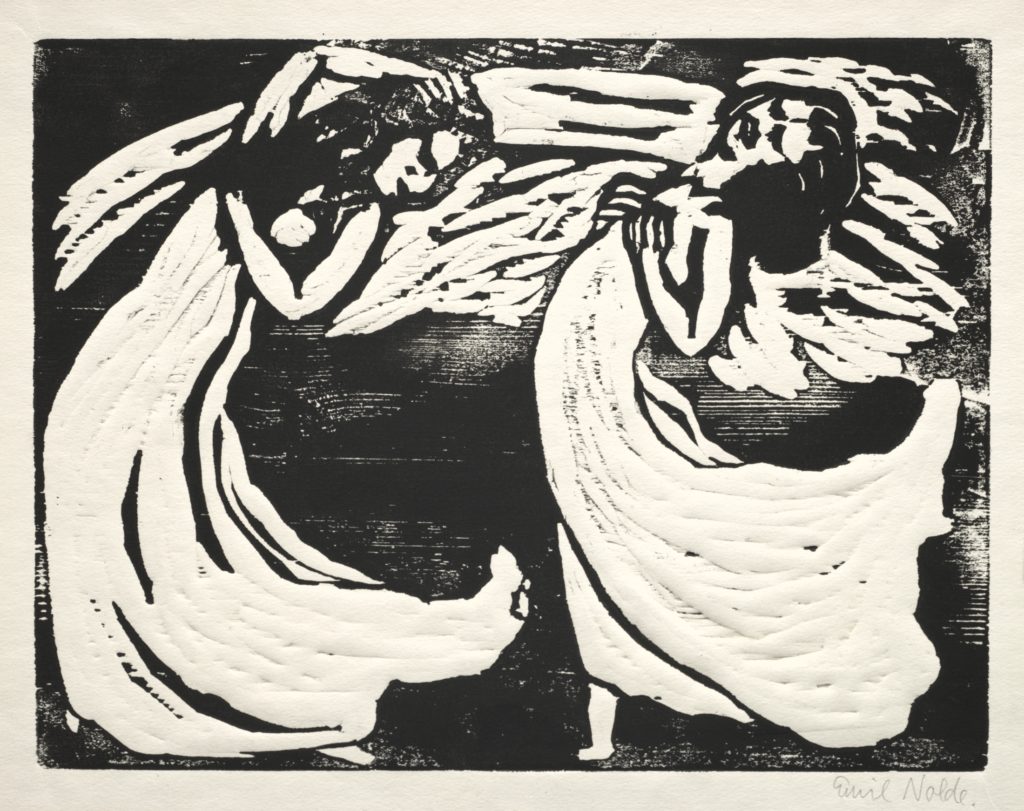
Tanzerinnen (Dancers), 1917. Emil Nolde (German, 1876–1956). Woodcut; 23.8 x 31.2 cm. Delia E. Holden Fund, 1960.158. © Nolde Stiftung Seebüll, Germany
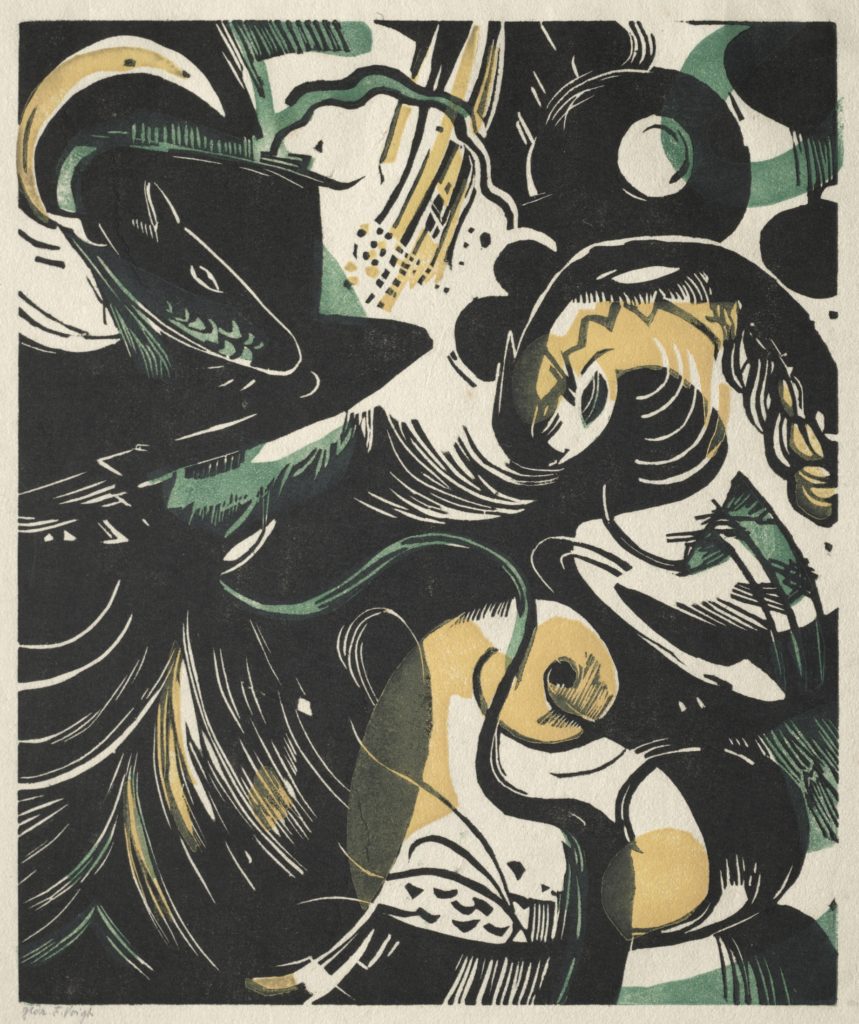
Genesis II, 1914. Franz Marc (German, 1880–1916). Color woodcut; 24 x 20.2 cm. Gift of the Print Club of Cleveland, 1959.228
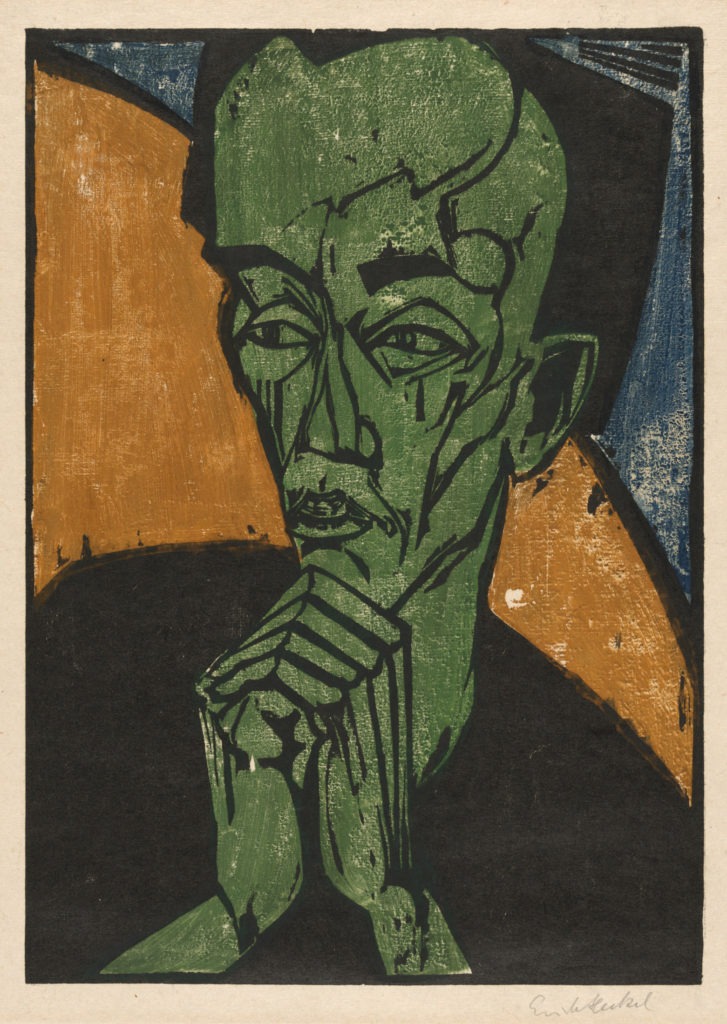
Portrait of a Man, 1919. Erich Heckel (German, 1883–1970). Color woodcut; 46 x 32.6 cm. John L. Severance Fund, 1991.109. © 2017 Artists Rights Society (ARS), New York / VG Bild-Kunst, Bonn
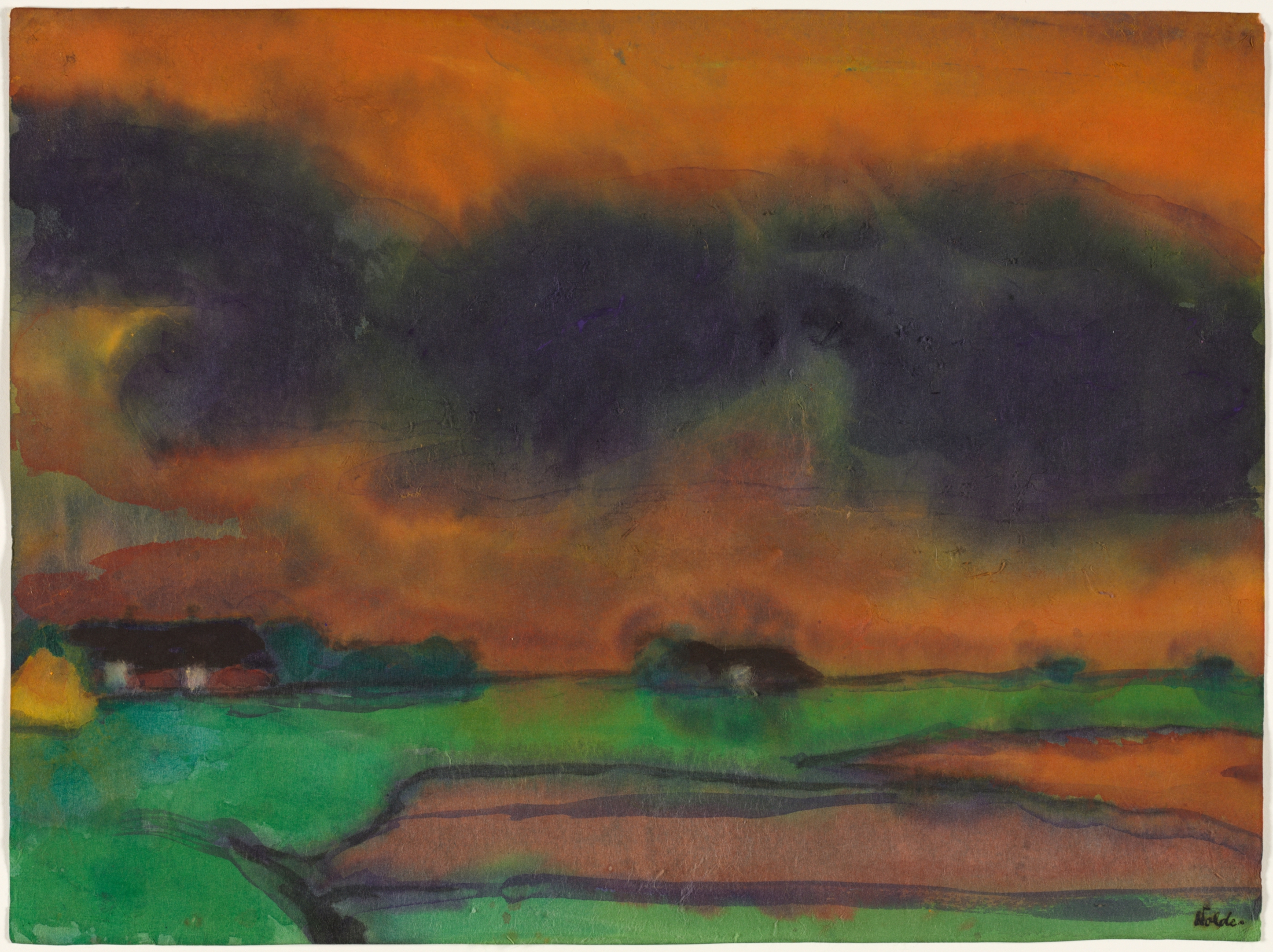
Marsh Landscape, c. 1930–35. Emil Nolde (German, 1876–1956). Watercolor; 34 x 45.5 cm. Bequest of Dr. Paul J. Vignos Jr., 2011.125. © Nolde Stiftung Seebüll, Germany
ABOUT THE EXHIBITION
The beginning of the 20th century brought a surge of challenges to the prevailing styles and procedures for art making in Europe. Many young artists in central Europe rejected traditional training in state-sponsored art academies and formed groups with other artists who shared their desire to depart radically from what they saw as art’s emphasis on outward appearances. The groups Die Brücke (The Bridge), founded by Ernst Ludwig Kirchner, Karl Schmidt-Rottluff, and Erich Heckel in Dresden in 1905, and Der Blaue Reiter (The Blue Rider), founded by Wassily Kandinsky and Franz Marc in Münich in 1911, experimented together with form and technique, leading to groundbreaking publications and exhibitions. These and other artists working in Vienna and Berlin—collectively called the Expressionists—employed a condensed, abstracted visual language to access highly charged emotions or spiritual states.
Prints and drawings were essential to the Expressionists’ quest for art that was direct, frank, and immediate. Drawn from the Cleveland Museum of Art’s collection, Graphic Discontent: German Expressionism on Paper plots the purpose and impact of the graphic arts within the wider German Expressionist movement. Woodcuts—the most emblematic technique of the movement—were suited to the simplification and distortion of forms. New etching and lithographic techniques invited improvisation and promoted accidents in printing, while drawings revealed an artist’s impulse and urgency through direct marks on paper. These graphic media suited the Expressionists’ emphasis on the mystery and spontaneity of emotions.
Graphic Discontent: German Expressionism on Paper
January 14, 2108 - May 13, 2018
James and Hanna Bartlett Prints and Drawings Gallery
Cleveland Museum Of Art Cleveland, Ohio
FRAMING SPECIFICATIONS AND ADVICE
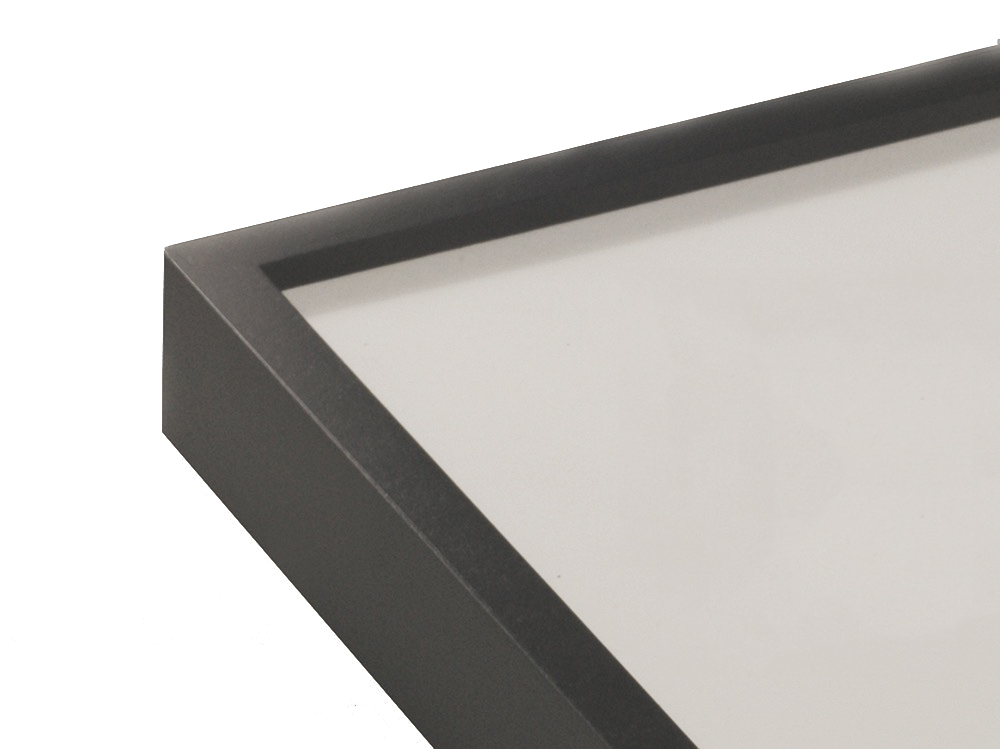
METRO GALLERY FRAME
Thin Profile: 114
Type: Thin Gallery Frame
Wood & Finish: maple frame with black opaque finish
Purchasing Option: joined painted frame
Custom Wood Strainer: 1/2" wood strainer
Framing Advice: fitting gallery frames
